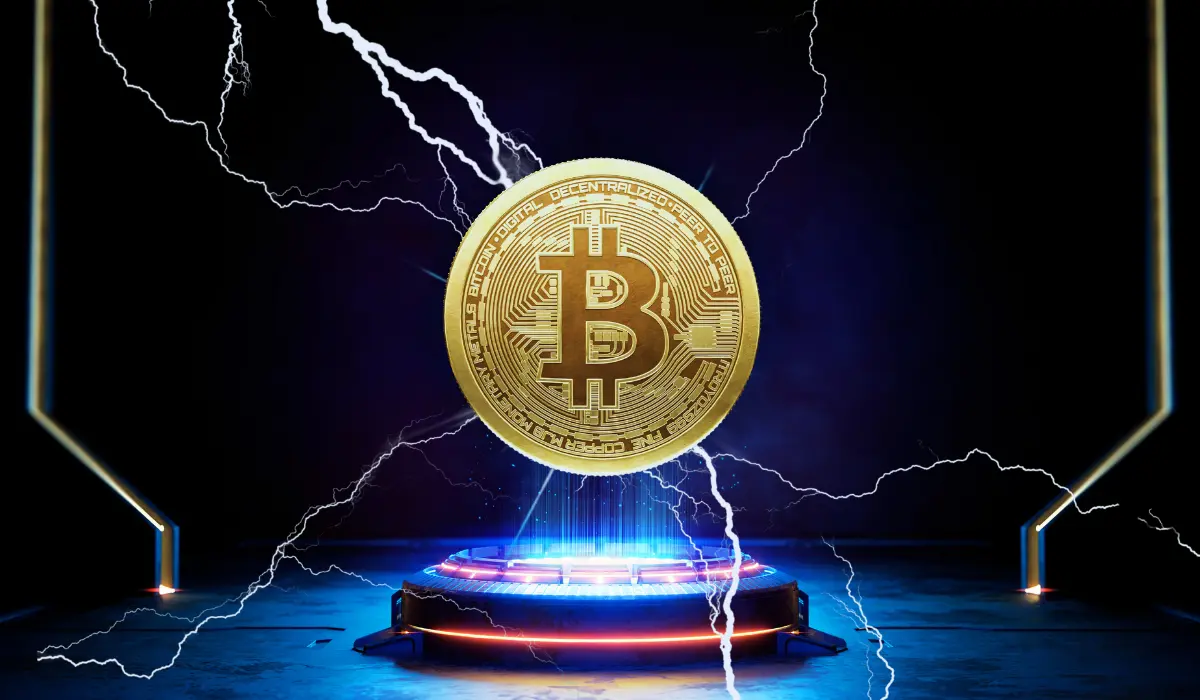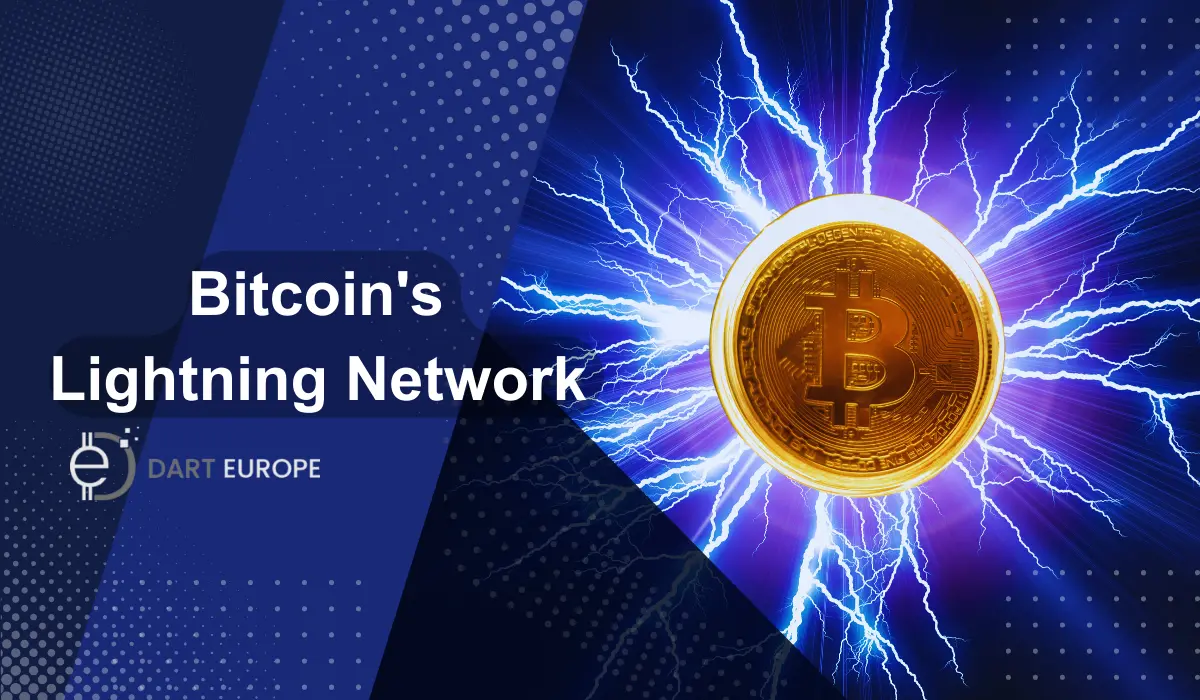The user Laszlo Hanyecz, famous for a 2010 pizza purchase with 10,000 BTC, bought two more pizzas in 2018 with BTC using the Lightning Network. What exactly is the Lightning Network? This article will act as a complete guide to Lightning, incorporating its history, usage, impact, limitations, and future upgrades. Let’s get started.
What is the Lightning Network?
The Lightning Network is a “layer 2” payment protocol solution for the Bitcoin blockchain (layer 1) to facilitate quick payments with low transaction costs. As a solution to the Bitcoin scalability issue, it is a popular payment protocol for BTC transactions.

How Does the Lighting Network Address Bitcoin’s Scalability Problem?
As the first blockchain, Bitcoin is a pioneer in the field of decentralized technology, and it still remains the largest cryptocurrency by market capitalization. Despite being the industry leader that assures high security, transparency, and decentralization, it has serious scalability issues. It has a slower processing time and high transaction costs, making it difficult to manage a large number of transactions due to congestion and small transactions due to high gas fees.
Lightning network addresses this issue by acting as a second layer of the Bitcoin chain. It makes transactions quicker and less expensive by building off-chain payment channels between the transaction wallets. This method allows:
- Real-time payments and instant transactions.
- Lower fees to make the transactions affordable.
- Scalability increases the number of transactions per second.
- Since the transactions are not recorded on-chain immediately, it enhances privacy.
- Enhances the Bitcoin ecosystem by creating new use cases such as micropayments and gaming.
History & Evolution of Lightning Network
The scalability issues of Bitcoin were a matter of discussion from the early days of Bitcoin itself. We can see scalability-related talks by famous personalities such as Satoshi Nakamoto and Hal Finney in the early Bitcoin forum. Cryptographers were seriously researching to increase the robustness of the chain.
A detailed proposal for scalability was published in February 2015 in the form of a white paper called “Lightning network” by Joseph Poon, a researcher working on scalability of blockchains, and by Thaddeus Dryja, a research scientist at MIT’s the digital currency initiative lab.
The whitepaper was put into practice in 2018 by launching Lightning Labs, with an exclusive motto of reducing the cost and time required for Bitcoin transactions. While the initial responses were overwhelmingly positive, the recurring failed transactions and alleged security vulnerabilities made it a less interesting project. With the awareness of practical difficulties, the developers started rebuilding the project.
On January 19, 2019, Lightning Network became a trend again when a X (then Twitter) user conducted a promotional campaign by sending Satoshis (the smallest unit of Bitcoin) to famous personalities such as Twitter’s founder, Jack Dorsey, and Binance’s founder, Changpeng Zhao. Since then, it has witnessed incredible growth, with millions of monthly active users as of today.
Limitations of Lightning Network
Despite being widely popular, the Lightning Network has several limitations, including liquidity issues, technical complexity, and shortcomings due to its relatively new technology.
- Liquidity Issues: To initiate a larger transaction, users should have enough BTC locked in their payment channels. However, all other liquidity issues have been addressed so far.
- Bugs: From the inception itself, lightning has been going through various errors, which the developers are constantly battling to solve. Over these years, they have managed to fix several bugs, making it a trustworthy network for traders.
- Technical Complexity: While various platforms make it incredibly smooth to initiate a transaction, beginners still find it difficult to use them. We have provided a beginner-friendly tutorial below to engage with the network.
How to Use Lightning Network?
If you’ve set up your Bitcoin wallet and payment channel, it is relatively easy to use the Lightning Network. Let us break down the process in a beginner-friendly way.
- Set Up Lightning Wallet: First, download and install a Lightning-supported wallet. You can use Zeus, Phoenix Wallet, Breez, Wallet of Satoshi, Blixt, Blink, or any other supported wallets. In most providers, a wallet will automatically be created when you sign up. Otherwise, do it manually. Once the wallet is ready, transfer your BTC to it through any payment channels.
- Send & Receive Payments: Once your wallet and account are set up, sending and receiving payments will become easy. You need a Lightning invoice to receive the payments, which can be obtained from the sender. Many wallets are compatible with QR code payments, making the process easy.
Conclusion
The arrival of the Lightning Network was a crucial turning point in the evolution of the Bitcoin ecosystem, aiding smooth and low-cost transactions for almost seven consecutive years. Despite the arrival of other nuanced technologies, it still stands as an important frontrunner, with 11K nodes and 42K channels. With various upgrades, we can expect it to become a crucial part of blockchain technology in the near future.
